Curepipe Curepipe is by far one of the most densely populated areas within Central Mauritius, and...
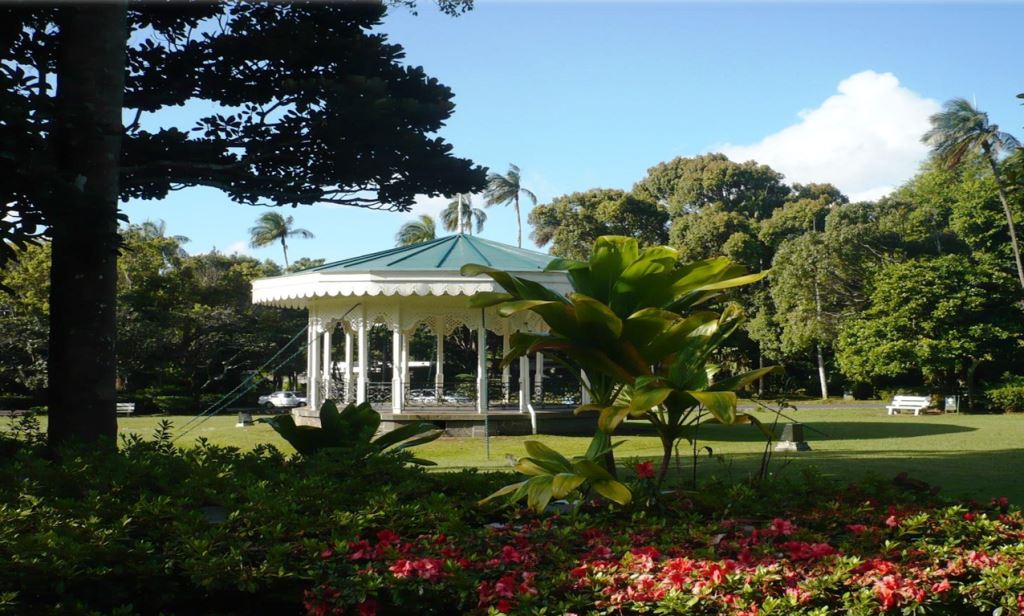

Curepipe Curepipe is by far one of the most densely populated areas within Central Mauritius, and...
Features information that is relevant to travellers who are thinking about and actively planning a visit to Mauritus.
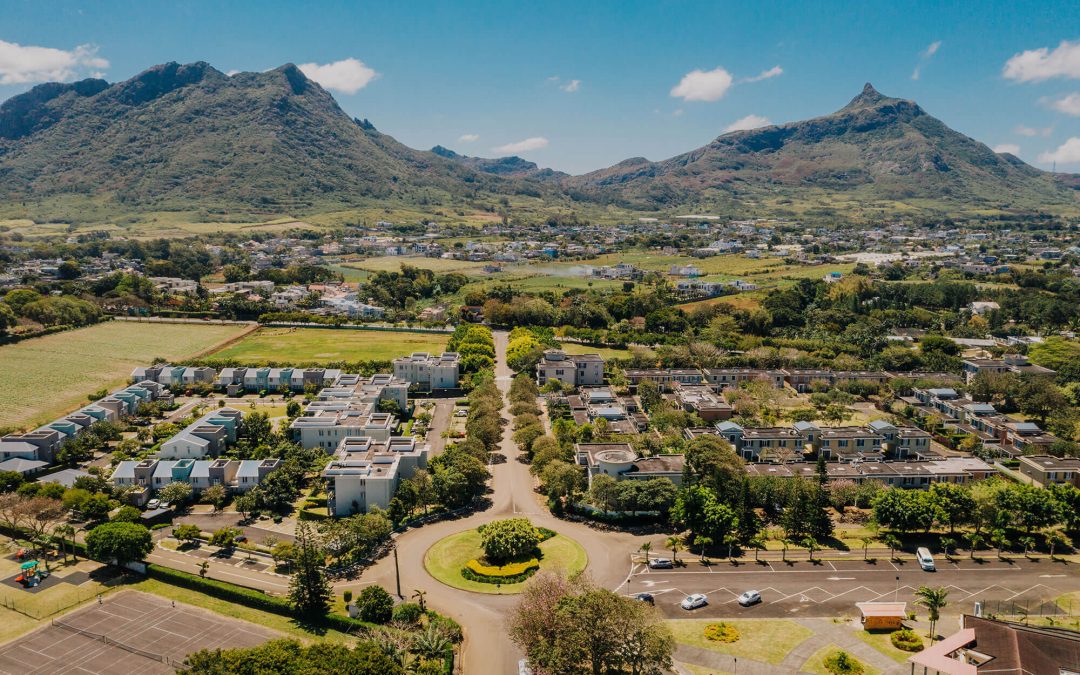
Moka is a village in Mauritius located in the Moka District, the western part of the village also lies in the Plaines Wilhems District. Réduit is a suburb of the village where the State House and University of Mauritius is situated. The village is also home to the Mauritius Broadcasting Corporation and the Mahatma Gandhi Institute.
The Mahatma Gandhi Institute is an educational institution focused of secondary, tertiary and pre-vocational education. It also promotes and facilitates research and preservation of cultural heritage and arts.
The State House is the official residence of the President of Mauritius. Originally it was built as a defence fortress and was called Le Réduit. It used to serve as the residence for former governors of Mauritius, but now it is the residence of the President. It is built on 240 acres of land. The château is open to the public two days a year, in October and March.
The house has persisted through history; it was destroyed by a cyclone, rebuilt, and has been renovated since.
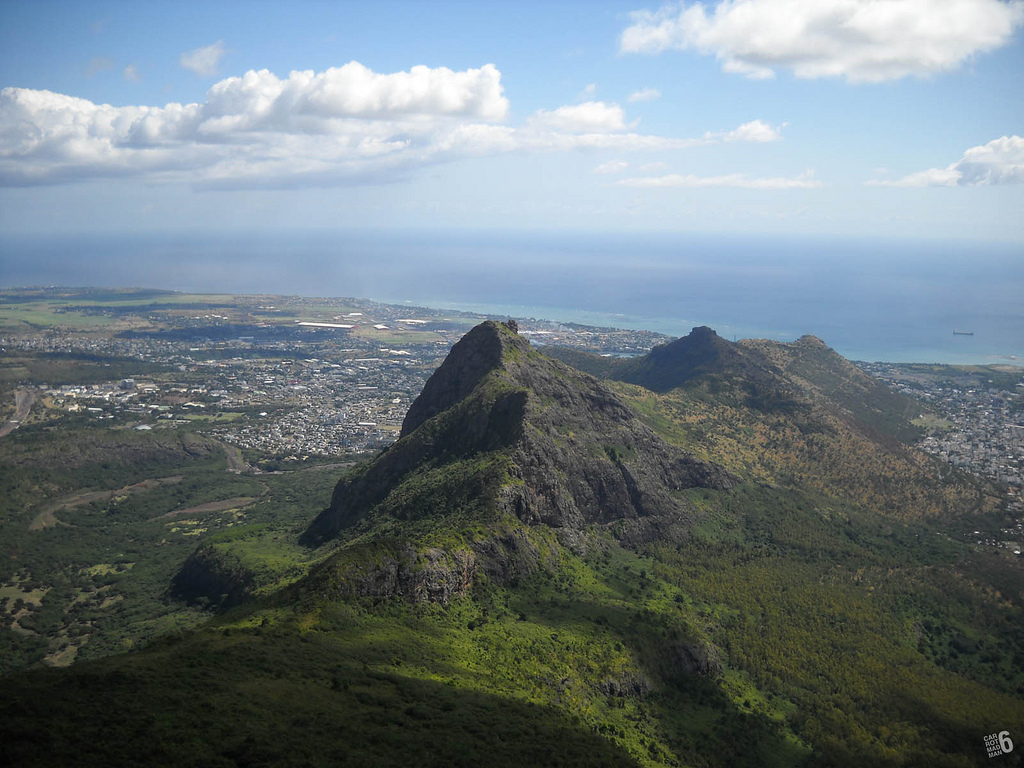
Schools in Moka include Le Bocage International School, Mahatma Gandhi Institute, Mahatma Gandhi Secondary School, St. Mary Roman Catholic School, and Ecole du Centre. There are two universities. The University of Mauritius is the national university of Mauritius. It is the oldest and largest university in the country in terms of student enrollment and curriculum offered. Charles Telfair Institute is an international university campus of Curtin University (Perth, Western Australia). It offers certificate, diploma, undergraduate and postgraduate degree programmes.
Mauritius has an intrinsically limited surface area and one of the highest geographical densities in Africa. There was a need for a sustainable and healthy development to maximise the land use. This led to the birth in 2015 of the Smart City Scheme, designed by the Economic Development Board with the support of the Government of Mauritius. The objective was to develop well-thought-out and qualitative urban environments that use innovation and urban planning to maximise benefits for all users and residents. The need to reduce the amount of travel time and traffic congestion was recognised. The model so developed was called smart city. Smart cities need to provide “live, work & play” opportunities within close vicinity.
Moka took the smart city concept as the major guiding principle in its own development. That meant that they had to provide a living environment comprising offices, common green areas and sport facilities as well as dedicated areas for commercial, residential, educational or healthcare purposes. For example Les Allées d’Helvétia is a family-friendly village designed to offer a pleasant and convenient everyday life. The residential area sits next to a fully equipped sports centre, three schools (from kindergarten to secondary level), a shopping centre and a wellness area with 15 therapists. This cosmopolitan neighbourhood with a human soul thus offers a qualitative and comprehensive living.
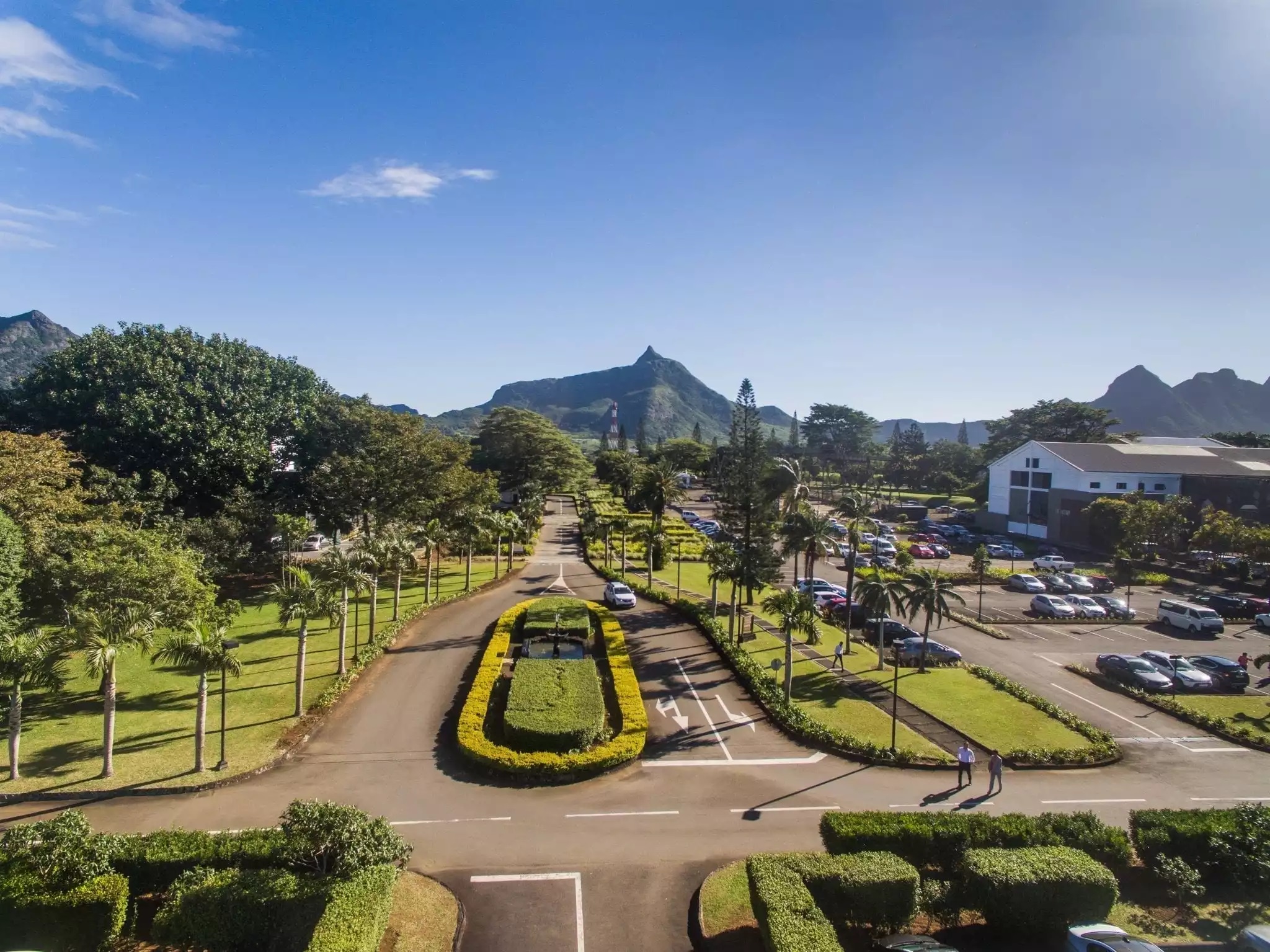
Moka encouraged their residents to leave their cars at home and use public transport or use La Promenade to walk or ride a bike to get to their workplace.
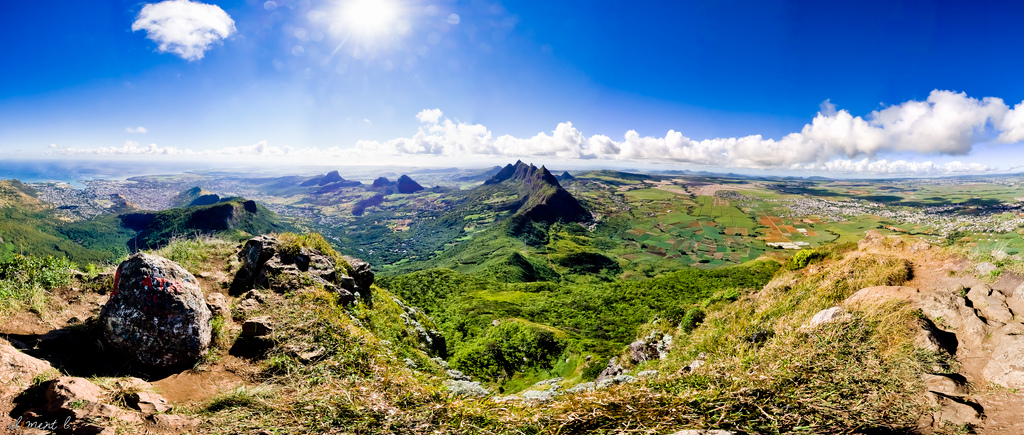
Le Pouce is the third highest mountain in Mauritius, at 812 meters. It is named Le Pouce because of the thumb-shaped peak of the mountain. It can be viewed from the capital of Mauritius, Port Louis, and is a popular hike for the view of the city. The mountain is in the Moka Range and is closest to the village of La Laura-Malenga in the Moka District. Charles Darwin ascended the mountain on 2 May 1836.
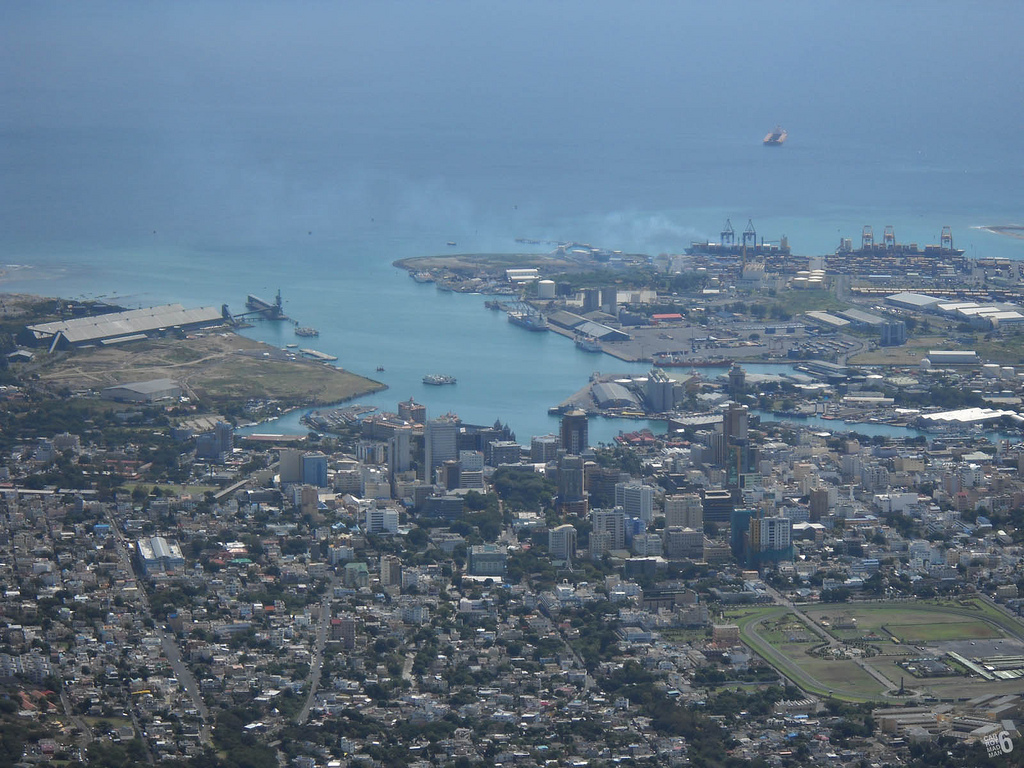
Le Pouce was formed ten million years ago from volcano eruptions.It has the capital city of Port Louis on one side and St. Pierre on the other. Le Pouce Mountain will offer you a splendid panorama of Le Morne, Coin de Mire, the capital city, and other sites on the island. It is nestled between Montagne des Signaux and Pieter Both mountain.

The trek to the top of Le Pouce is considered an easy hike. But the ascent is very steep, especially near the thumb. Le Pouce can be reached from Moka or Port Louis. Climbing gear is not needed. From the peak one can see Port Louis, Moka, and Beau-Bassin Rose-Hill, as well as many other places around the island.
During your hike to the summit you can explore the flora-covered mountain, and discover exotic plants as well as some rare and unique endemic species.
When you reach the first plateau you can choose to continue on the left and down to Port Louis or the right towards the top of the mountain. Higher up you will find a second plateau, an esplanade, where you can relax and enjoy the view before continuing to the top. The final ascent is steeper and requires some dexterity and fitness.
The start of the trail for hiking Le Pouce is located in Petit Verger near the village of Saint Pierre in the Moka region.There is no sign post at the starting point of the trail. You can locate it with the help of the map or directions from the locals. There is a small car park with enough room to fit four to five cars.